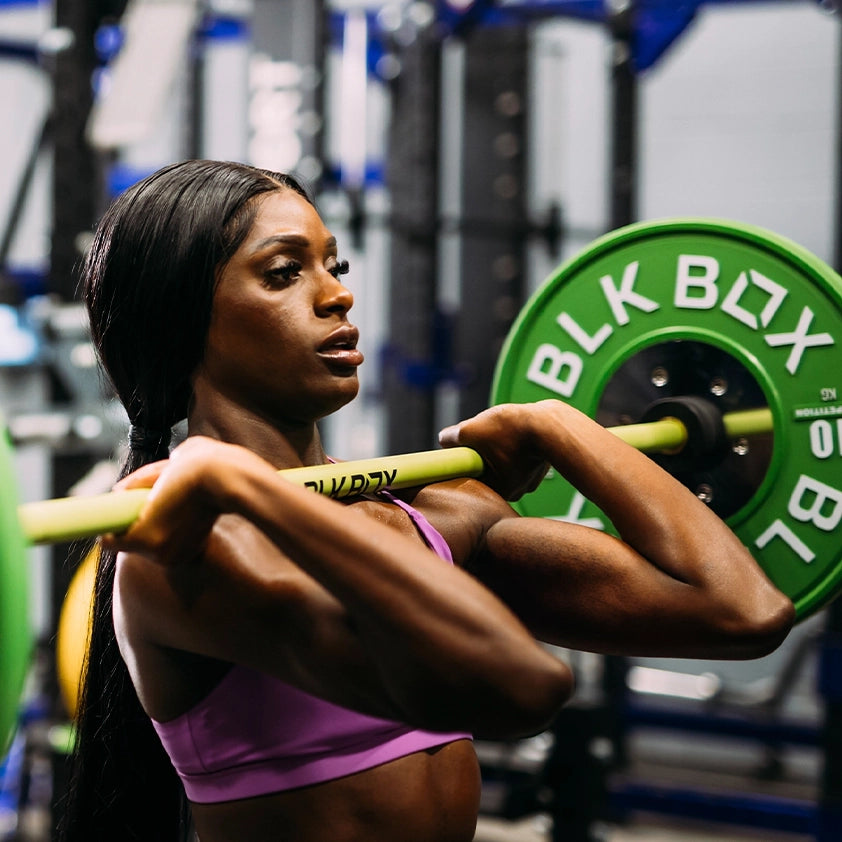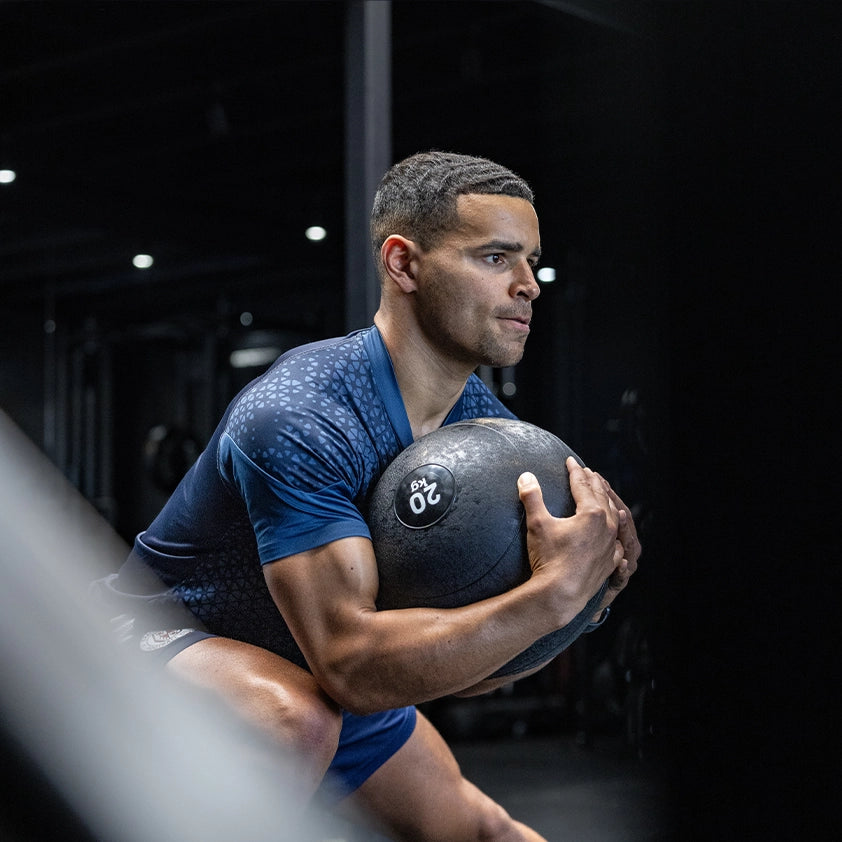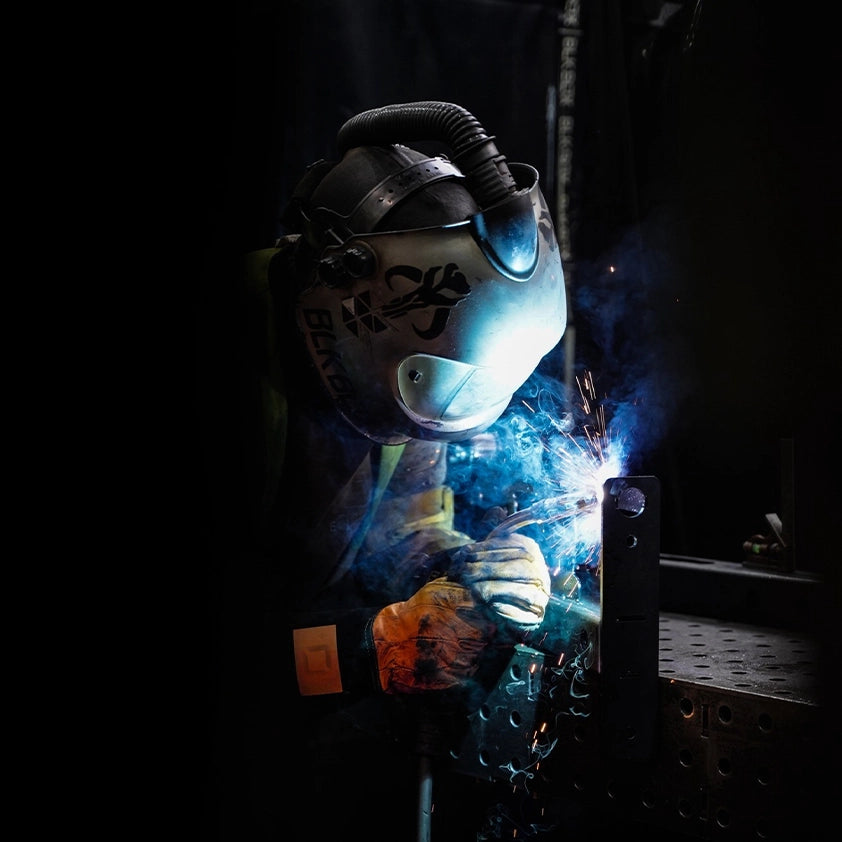Cast Iron vs. Competition Kettlebells
Kettlebell training is no new phenomenon in the fitness industry but have certainly grown in popularity and become a fitness industry buzzword. With different types on the market, it can become daunting for a first-time kettlebell purchaser. That's why we have outlined the differences between the most popular types of kettlebells, the Cast Iron and Competiton bells to help you make an informed decision before purchasing. The kettlebell is an investment for a lifetime. If you buy a good quality bell to begin with, you will have a tool to keep you fit and strong for the rest of your life and a tool that will stand the test of time.
Competition Kettlebells
Competition kettlebells are universally colour-coded to signify the different weights, so you can find the weight you need at a glance. Competition kettlebells are all the same size regardless of weight, which means they are ideal for practicing highly technical movements like the Jerks or Snatch. This means that whether you are using an 8 kg or 32kg kettlebell, it will always rest on your forearm in the exact same place. The handles of competition kettlebells are also uniform, at 33’ diameter.
The window of the bell handle has more of a rectangular shape. The reason for this is a smaller handle reduces grip fatigue, which is incredibly important in competitive kettlebell lifting. Competition kettlebell handles are more porous than cast iron handles, which allows them to absorb chalk better, which is also essential for high-repetition exercises. If you plan to do high-repetition sets in your workouts or do a lot of focused technique work, the competition kettlebell is your best bet.
Who is the Competition Kettlebell Best For?
- Athletes who compete or may wish to compete in kettlebell sport competitions.
- Smaller handed individuals who can fit both hands within the handle’s width.
- Athletes who are strictly working on their one-armed movements.
CAST IRON KETTLEBELLS
The cast iron kettlebell is produced from one solid piece of metal so unlike the competition kettlebell the size will increase with the weight. Cast iron kettlebells are often preferred by beginners as most beginners start with movements that require two hands on the handle – such as deadlifts and two arm swings– which can be difficult with competition kettlebells if you have big hands.
Additionally, getting two kettlebells between your legs for double kettlebell lifts with competition kettlebells is more challenging because of their larger size. If your aim is to build strength and power at a lower price point, you should consider purchasing a cast iron kettlebell. You’ll see this bell most commonly in commercial, CrossFit, and home gyms, as it’s the most versatile option of the different types of kettlebells.
Who is the Cast Iron Kettlebell Best For?
- Lifters who want to do two-handed movements like swings and goblet squats.
- Those who may not be used to gripping handles for long periods and need a wider width.

AN OVERVIEW OF THE COMPETITION KETTLEBELL AND CAST IRON KETTLEBELL
| Competition Kettlebell | Cast Iron Kettlebell |
|---|---|
| Steel | Iron |
| Same size | Changes in size |
| Colour-coded | Not always colour-coded |
| Less grip fatigue | Increased grip fatigue |
| More space required for two bells | Easier to work with two bells |
| Bigger base | Smaller base |
| Same size handle | Handle narrow or wider |
| Rectangle-shaped handle | V-shaped handle |
LET'S NOT FORGET ABOUT URETHANE KETTLEBELLS
For high traffic or commercial gyms, a Urethane kettlebell might be the best option. The kettlebell features a strong layer surrounding the core, making it incredibly strong and shock absorbent, which is great for both the kettlebell itself as well as the floor. They feature a standard size for all weights, as well as the same handle thickness and shape.




















